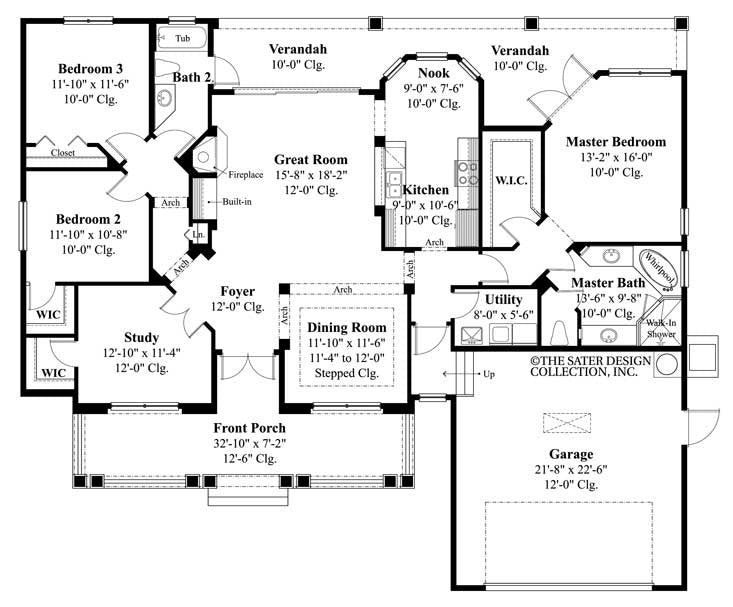Table of Contents
Understanding House Plans
House plans, also known as blueprints or floor plans, are detailed drawings that depict the layout, dimensions, and specifications of a home. They serve as a blueprint for construction, guiding builders and contractors in the construction process. House plans typically include floor plans, elevations, sections, and other essential details that provide a comprehensive overview of the home’s design and features.
Types of House Plans
There are various types of house plans available to suit different preferences, lifestyles, and budgets. Some of the most common types include:
- Single-Story vs. Two-Story: Single-story homes feature all living spaces on one level, while two-story homes have multiple levels, offering additional space and flexibility.
- Traditional vs. Modern: Traditional Houseimprovements.club/ often feature classic architectural styles and design elements, while modern house plans embrace contemporary aesthetics and minimalist design principles.
- Open Concept vs. Traditional Layouts: Open concept floor plans feature interconnected living spaces with minimal walls, creating a sense of flow and spaciousness. Traditional layouts, on the other hand, compartmentalize rooms into distinct areas for specific functions.
- Custom vs. Stock Plans: Custom house plans are tailored to the specific needs and preferences of the homeowner, while stock plans are pre-designed and available for purchase from architectural firms or online platforms.
Selecting the Right House Plan
Choosing the right house plan is a crucial step in the homebuilding process and requires careful consideration of various factors. Some key considerations include:
- Lifestyle: Consider your lifestyle, preferences, and future needs when selecting a house plan. Think about factors such as family size, entertaining habits, and desired amenities.
- Budget: Determine your budget for building your new home and choose a house plan that aligns with your financial constraints. Consider factors such as construction costs, materials, and ongoing maintenance expenses.
- Location: Take into account the location of your property, including local building codes, zoning regulations, and environmental factors. Choose a house plan that is suitable for the climate, topography, and architectural style of your region.
- Builder Experience: Work with experienced builders and contractors who have a proven track record of constructing homes that meet your specifications and quality standards.
Customizing Your House Plan
Many house plans can be customized to suit your specific needs and preferences. Whether you want to add extra bedrooms, expand living spaces, or incorporate unique features, a skilled architect or designer can help modify the plans to create a personalized home that reflects your individual style and tastes.
Conclusion
In conclusion, selecting the perfect house plans is an essential step in the process of building your dream home. By understanding the different types of house plans, considering your lifestyle and budget, and working with experienced professionals, you can choose a design that meets your needs and exceeds your expectations. With careful planning and attention to detail, you can embark on the journey of building your dream home with confidence and excitement.
